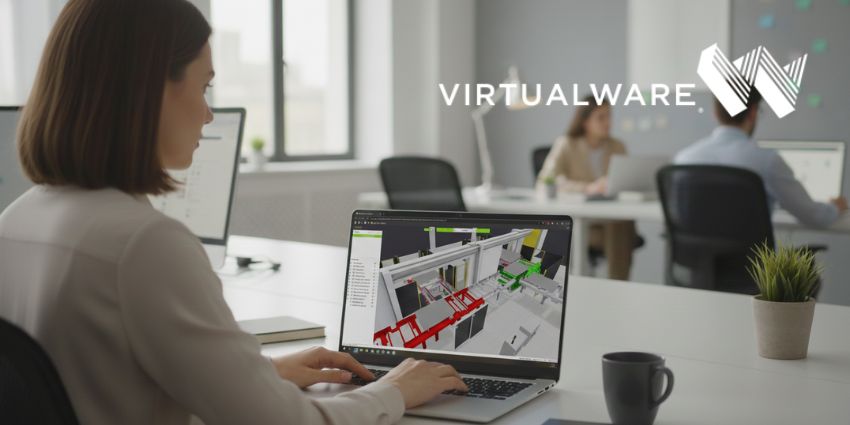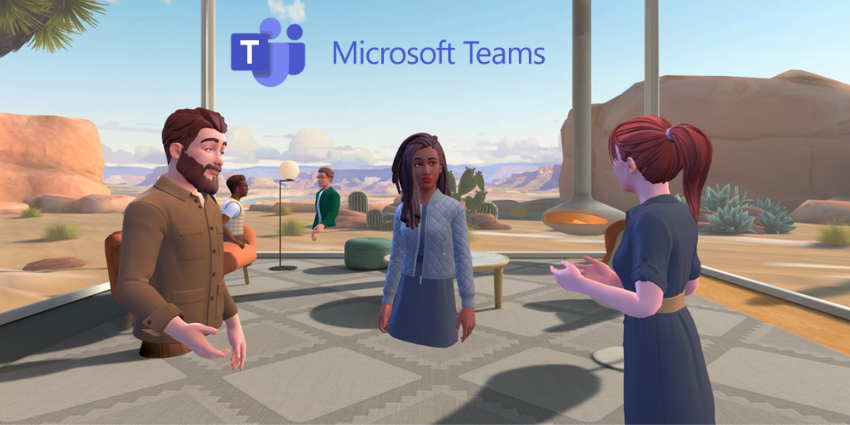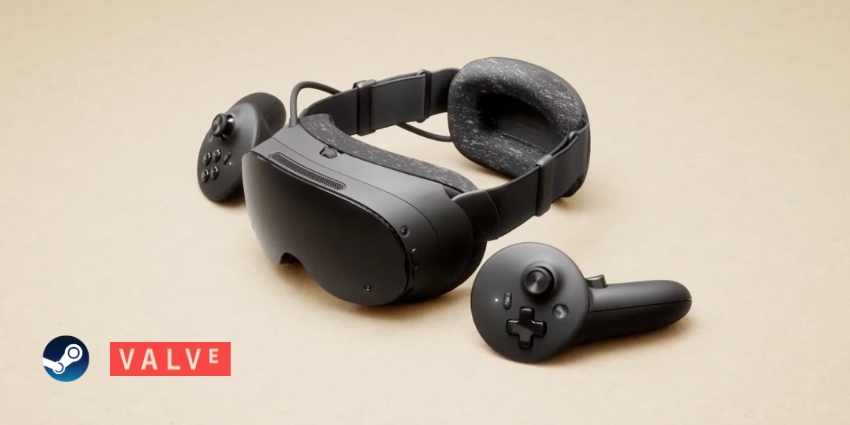Virtual Reality or “VR” is one of the digitally transformative tech solutions on the market today that’s moving at the fastest speed. Accelerated by the new demands that emerged during 2020, VR promises an immersive way to bring people together. Going forward, experts believe that this solution could be the key to collaboration, communication, and creativity.
Gartner, one of the market leaders in the world of analytics, frequently shares thoughts and expectations about the most disruptive tech. The Gartner hype cycle is a graphical insight into patterns that might occur with new technology.
Every year, a new hype cycle arrives to help companies track the transformation of the marketplace on the axis of “expectations” and “time”.
Exploring the Gartner Hype Cycle for VR
The “hype cycle” graphic released by Gartner covers several important points in the growth of a technology, starting with the “technology trigger”, that launches the rise of a new concept. After the trigger, there’s a peak of “inflated expectations”, often caused by high levels of publicity. This is followed by a “dip of disillusionment” when companies fail to deliver on huge promises.
The next stage of the hype cycle is the “slope of betterment”, where innovation and investment become more crucial for growth. Companies develop products based on feedback, and productivity levels start to rise. The last phase of the cycle is the point when products become more widely implemented, and development standards settle into place.
The hype cycle for VR, according to Gartner, suggests that virtual reality has already emerged as a “mature technology” in our environment. In other words, we’ve moved past the point where we’re just thinking about what the future of VR can bring. Today, it feels as though VR isn’t moving at the same break-neck speed as it was in 2017.
Approaching Maturity
Virtual Reality is now a more commonplace concept in the commercial and consumer marketplace. We’re using VR to connect with teams from a distance, thanks in part to the expectations created by COVID-19. VR headsets and peripheral technology are also becoming more affordable, which opens the door to wider adoption.
Gartner believes that VR might be entering the “plateau” point in its evolution, which could be a little worrisome for some producers. The hype cycle graph notes that already companies are producing new, more comfortable experiences for users in VR, but mass adoption hasn’t happened yet. This could be a problem caused by a lack of hardware available after factories shut their doors in 2020.
As we move into the future of work, and the hybrid workplace becomes more common, VR could see a resurgence that allows it to achieve a higher level of hype once again. However, for this to happen, companies will need to ensure they’re making VR as accessible, comfortable, and innovative as possible. VR still has room for growth, but perhaps the hype cycle for the consumer market is slowing down, so the demand in the business landscape can increase.







